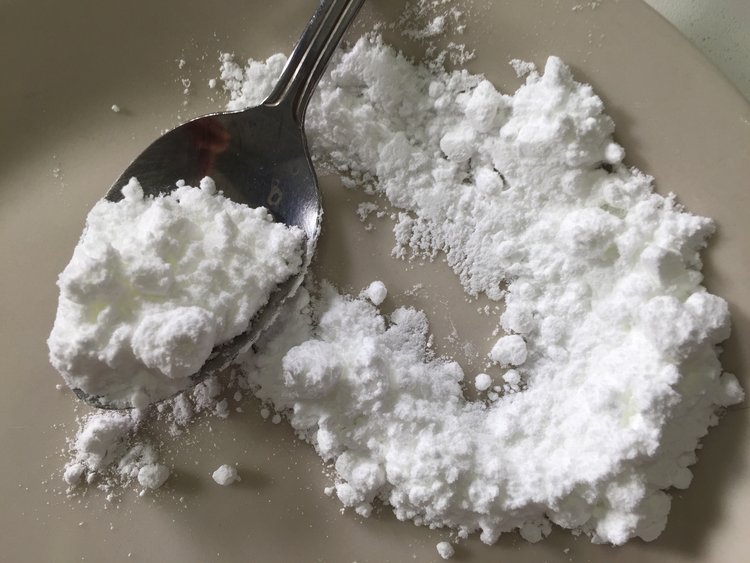Car Seat Safety
The statistics on child death in fatal motor vehicle accidents are staggering. The Centers for Disease Control and Prevention reports that in 2015, 663 children under the age of twelve were killed in motor vehicle accidents. Further, more than 121,350 children were injured in 2014.
The agency goes on to report that more than 618,000 children aged 0-12 years rode in a vehicle without being properly restrained at least some of the time. Of those children aged 12 and under who were killed in 2015, 35% of them were not buckled up.
Most families do use car seats and booster seats for their children until they are old enough to wear a typical seat belt. However, there may be some confusion as to how to properly use a car seat. The CDC reports that 46% of car seats and booster seats are used in a way that could reduce their effectiveness.
John Foy, a personal injury attorney at John Foy and Associates in Atlanta, Georgia, says “Using a car seat correctly is the number one way that you can help to ensure your child will come out of an accident unharmed.”
The following tips should help to ensure that your car seat is being used in the manner in which it should be. As always, follow the manufacturer’s instructions when installing the car seat. Keep in mind the following guidelines:
- Keep your child rear facing for as long as possible. A child facing towards the rear of the vehicle is better protected. The child should remain in a rear-facing car seat until their height and/or weight exceeds the manufacturer’s recommendations.
- Optimally, a child should remain in a rear-facing car seat until at least 12 months of age. Infant-only rear-facing car seats should only be used facing towards the rear.
- Convertible and all-in-one car seats typically have higher weight and height guidelines than rear-facing infant seats. This allows your child to stay rear facing for longer.
- Once your child is at least a year of age, they can begin sitting in a front-facing car seat with a tether.
- Laws vary from state-to-state regarding having a child in a car seat. For example, in the state of Georgia, a child must remain in a weight and height-appropriate car seat until the age of 8.
- If you are unsure of how to properly install a car seat, many local police departments will help you place it in your vehicle free of charge.
- A child should never ride in the front seat until they are at least 12 years of age.
Keep in mind that a car seat should never be used for any other purpose than restraining your child. Using it as a crib or seat outside of the car can impair the effectiveness of the car seat.
Making sure that your child buckles up and is properly restrained can greatly reduce the risk of fatal injury, as much as 71% for infants and 54% for toddlers ages 1 to 4. Follow these guidelines and your child will be much safer in a vehicle.






